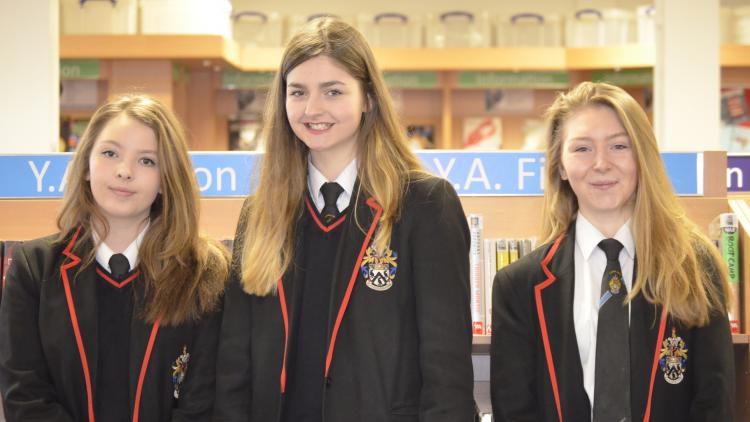
When our school leadership partner was looking to develop a more active voice for children as school-improvement partners, I was keen to get involved. School councils can help students feel involved in the running of their school but achievements are often limited to break-time initiatives and the remodelling of the playground.
Greenfield E-ACT Academy serves a deprived area of south Bristol with families who may have low engagement with school life. After the school recently received a “good” Ofsted from a fairly low starting point, as lead teacher on the project I could see how this would both develop children’s life skills and contribute towards our effectiveness as teachers.
I felt that if our children were going to be school-improvement partners, the roles should be formal and mirror the grown-up versions as closely as possible. The first challenge to pupils was the application process, which included written applications, shortlisting and interviews. The children were keen to get involved; we had 60 applications across the three E-ACT schools. Alongside our leadership adviser, I created selection criteria, set interview questions and finally shortlisted and approved seven children for my school. I was looking for children who could cope with the responsibility and would also benefit from some self-management skills.
Pupil independence
As associate governors, the children inspect classrooms once a term, as you would for any self-evaluation form (SEF), and present their findings to governors and the head of school. The key for us is that we take a step back after children have received their initial training and allow more independence.
At Greenfield, our associate governors complete a pupil SEF that is presented to heads of school three times a year. Classroom visits for every year group take place throughout the school year, with the children using the same headings as the full SEF – attitudes to learning, safety, behaviour, the learning environment and attendance. We’ve gained a unique pupil perception on various issues, from making lessons more pupil-friendly by using IT to the alarming discovery of unsecure ceiling panels in the toilets.
Next year we’re looking to modify the roles slightly to make more of working with neighbouring schools in our academy group.
Overall, the associate governor roles have given children the voice, language and confidence to help us monitor and evaluate our school. Gaining information through the eyes of a pupil in a formal way was quite daunting for us at first, but it has developed into a regular part of school life. Now we’re all ready for the children appearing in our classrooms with the clipboard next term.
[Source:- tes]








